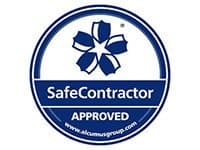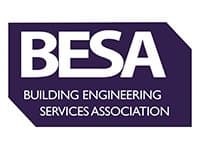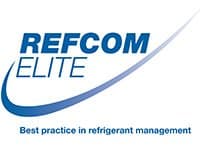Maintaining the ideal temperature and humidity levels in a room is critical for industries that require a clean and controlled environment.
In this blog post, we’ll explore why temperature and humidity control is so crucial, factors that affect temperature and humidity control, best practices for maintaining a controlled environment, and common challenges businesses face when trying to maintain temperature and humidity control.
The Importance of Temperature and Humidity Control
Temperature and humidity control is vital for several industries, including pharmaceuticals, engineering, aerospace, electronics, calibration, and research.
Maintaining a controlled environment in these industries is necessary to ensure product quality and safety, prevent damage to equipment and products, and protect the accuracy and reliability of research. If the temperature and humidity levels are not adequately controlled, it can lead to contamination, product defects, and loss of valuable research.
Read our blog on the CleanRoom Requirements for Medical Devices
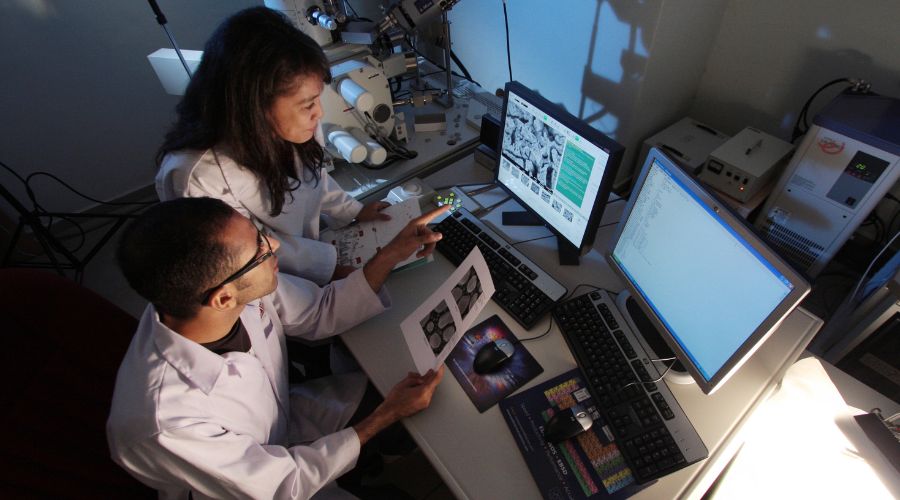
For example, the World Health Organisation (WHO) specifies that pharmaceuticals must be kept at certain temperatures to ensure they maintain their quality, effectiveness, and safety. In some unfortunate cases, the failure to reach these standards can lead to the degradation of active ingredients, reducing the efficacy of the drug.
Other quality control processes using calibration and CMM machines also require designing to take into account temperature control and air flow considerations to enable the machines to operate accurately.
Factors Affecting Climate Control
Several factors might affect temperature and humidity control in a space, including air conditioning, specialist HVAC equipment such as chillers and air handling units, ventilation, insulation properties of the room, and sealing/pressurisation.
Choosing the right equipment and systems to maintain the ideal temperature and humidity levels is critical.
Selecting the equipment to deliver the controlled temperature will depend on the classification of ISO if applicable or the control or range of temperatures that you desire within your room for the process it is designed for.
For example, tight temperature control or tolerances may need to consider bespoke chillers and air handling units, whilst requirements that have a looser range or fluctuation of temperatures could be delivered using air conditioning units.
All HVAC equipment should be appropriately sized for the room, and ventilation systems should provide sufficient airflow to maintain the desired temperature and humidity levels. The delivery of the airflow will need to be designed to pass through fan filters if a cleanroom type environment required or the air delivered and returned in a different way to minimise any turbulent air if a measurement activity is being carried out within the room for example.
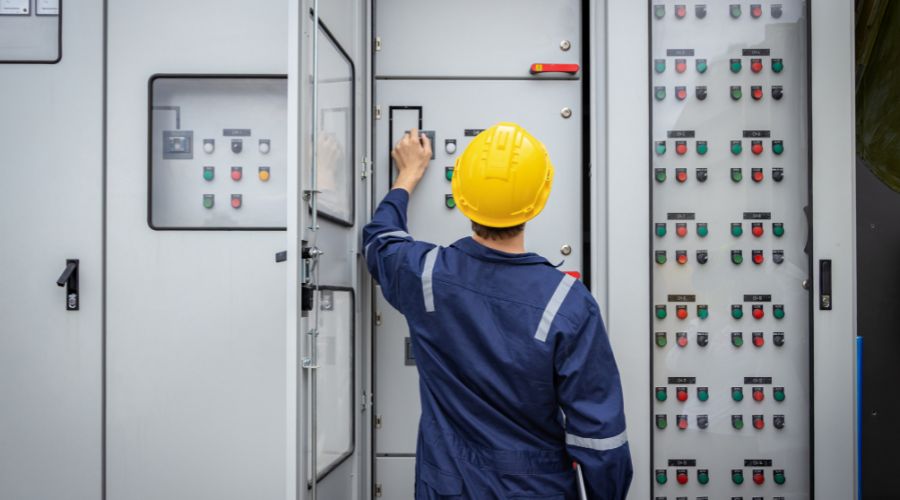
Insulation and sealing also play a crucial role in maintaining temperature and humidity control. The room should be properly insulated to prevent heat transfer from the outside environment, and any leaks or drafts should be sealed to prevent air from entering or leaving the room. You may need to consider air locks or soak areas for the room, again depending on the purpose and classification of the room.
Best Practices for Maintaining the Humidity and Temperature of a Controlled Space
There are several best practices which can help maintain the temperature and humidity of a room. To begin with, using experienced staff to design and fit the room to suit your exact requirements can avoid issues later on.
Regular maintenance of equipment and systems is also crucial to ensure that everything is functioning correctly. This can help prevent equipment malfunctions, identify potential issues before they become problematic, and ensure that systems are operating efficiently. Regular maintenance should include cleaning air filters, checking refrigerant levels, and ensuring that fans and motors are functioning correctly.
Monitoring and adjusting the levels as needed is essential to maintaining a controlled environment. Temperature and humidity sensors should be installed in the room to monitor these levels, and they should be checked regularly to ensure that they are operating correctly.
Control systems will need to be in place to regulate the temperature to ensure it maintains the tightness of control as set out in the design, with the HVAC system delivering air flows at the right temperature to maintain the conditions within the room.
The humidity will also be monitored and adjusted via the HVAC system using humidifiers and dehumidifiers in order to deliver air to the room to maintain the desired level of humidity control.
Correct sealing of the room is another critical best practice to prevent air leaks. The room should be appropriately sealed to prevent drafts or air from entering or leaving the room. This can be achieved by sealing windows and doors, installing weather stripping, and sealing any gaps or cracks in the walls or ceiling. In designing your room, we will take into account the fabric of the room and its insulation properties.
Proper ventilation and air circulation are necessary to maintain the desired temperature and humidity. This can be achieved by ensuring that the ventilation system is functioning correctly and that there is adequate airflow throughout the room. Proper air circulation can help prevent hot and cold spots in the room and maintain the desired temperature and humidity levels.
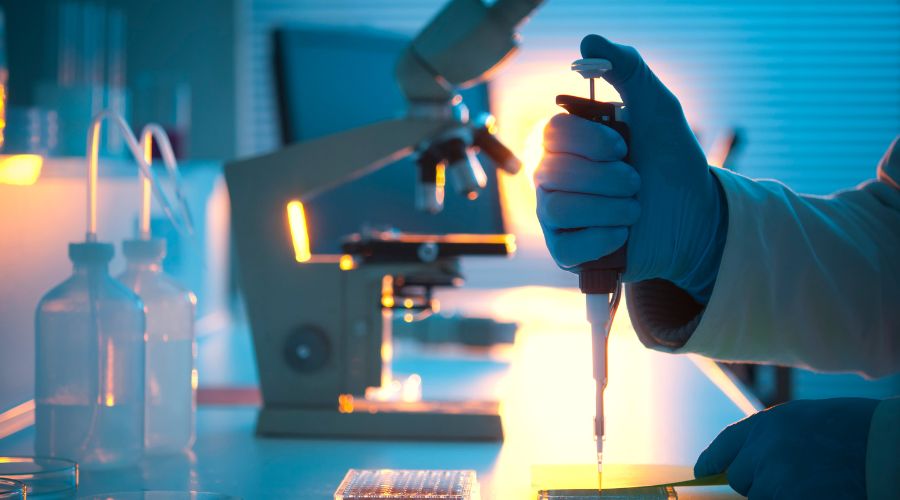
Lastly, the appropriate use of professional equipment, such as dehumidifiers and humidifiers, can help maintain the desired temperature and humidity levels. Dehumidifiers can help reduce excess moisture in the air, while humidifiers can help increase humidity levels if they are too low. These devices should be installed and used carefully according to the manufacturer’s instructions to ensure they are operating correctly and effectively. These should be maintained as part of the regular room maintenance programme.
Common Challenges with Maintaining Control of Heat and Moisture
Maintaining temperature and humidity control in a room can be challenging, particularly in extreme weather conditions or when dealing with large spaces. Here are some of the most common challenges that businesses face when trying to maintain temperature and humidity control:
- Insufficient or Incorrect Equipment: Choosing the right equipment and systems is crucial for maintaining temperature and humidity control. Using outdated or insufficient equipment can lead to equipment malfunctions, inaccurate readings, and ineffective temperature and humidity control.
- External Factors: External factors such as extreme weather conditions, heat transfer from surrounding areas, and poor insulation can affect temperature and humidity control. Businesses should take measures to prevent these factors from interfering with the controlled environment.
- Human Error: Human error, such as leaving doors or windows open, can cause significant disruptions in temperature and humidity control. Employees should be properly trained to understand the importance of maintaining a controlled environment and how to use equipment and systems correctly.
- Poor Maintenance: Regular maintenance of equipment and systems is crucial to ensure they are functioning correctly. Poor maintenance can lead to equipment malfunctions, reduced efficiency, and inaccurate readings.
Conclusion
Maintaining a controlled environment with the appropriate temperature and humidity levels is critical for many industries. It ensures product quality and safety, protects valuable research, and prevents damage to equipment and products.
By following best practices, regularly maintaining equipment and systems, and taking measures to prevent external factors from affecting the controlled environment, businesses can maintain the ideal environment.
If you’re in need of a specialist room such as a cleanroom, laboratory, CMM or close control room which meets ISO 17025 or other specifications, consider Total Environmental Kooling.
Our expert teams have worked to design and build spaces for companies throughout the UK and take into account everything from lighting solutions, to the external environment, to complex HVAC design and ventilation. We can provide a total bespoke turnkey package or work with your existing facilities to improve their performance.


